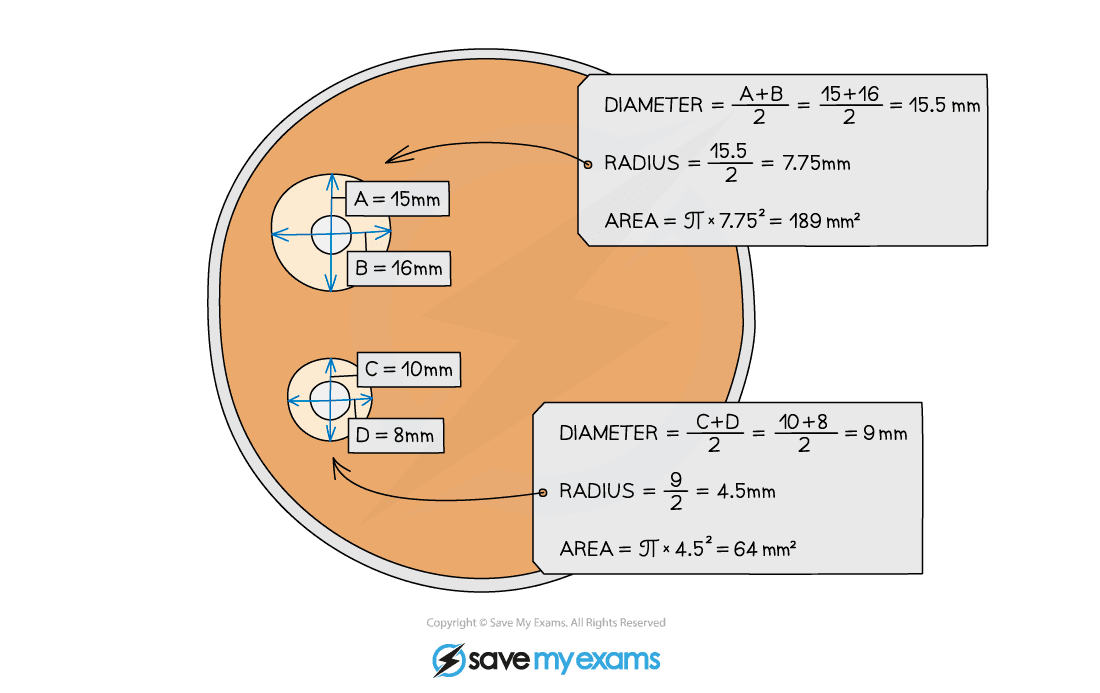Uncontaminated Cultures & Aseptic Techniques
Growing bacterial cultures in the lab
- The effect of disinfectants and antibiotics on microorganisms can be investigated using cultures of bacteria grown in the lab
- In the right conditions, some species of bacteria can multiply as much as once every 20 minutes. This is ideal as large cultures of bacteria for study can be grown in relatively short periods of time
- To multiply this quickly, bacteria require an adequate supply of nutrients (carbohydrates, proteins, minerals and vitamins) and an appropriate temperature (which varies depending on the species being grown)
- Warmer temperatures promote faster growth, but in a school lab the maximum allowed temperature for growth is 25°C
- Above this temperature, more harmful pathogens are likely to grow
- Bacteria can be grown in a nutrient broth solution or as colonies on an agar gel plate
Aseptic conditions
- It is vital that uncontaminated cultures of microorganisms are grown in the lab
- The presence of competing species can affect the growth of cultures, as well as the validity of any study performed on them
- Some important aseptic techniques are outlined in the table below:
Uncontaminated Culture Preparation Table
Exam Tip
Only lifting the lid of the petri dish a little is vital to reduce the risk of contamination by other microorganisms. It is not to prevent air from entering, as oxygen is still required by bacteria grown in school labs (more harmful bacteria tend to be anaerobic).
Calculating Inhibition Zone Area
- The effectiveness of different antibiotics, antiseptics or disinfectants can be determined by calculating the area of an inhibition zone around a disc of the substance being tested
- To calculate the area of an inhibition zone you should use the equation:
Calculating area
Worked Example
Calculating the area of a clear zone is a far more accurate way of comparing the effect of different substances on bacterial growth than trying to judge by sight
Exam Tip
It is far more accurate to measure the diameter of an inhibition zone than its radius but remember to half the diameter before using the area equation above (as this equation uses the radius).
If the clear zone is not perfectly circular, you will need to take at least two measurements of the diameter of an inhibition zone and find the mean diameter before calculating the area.




